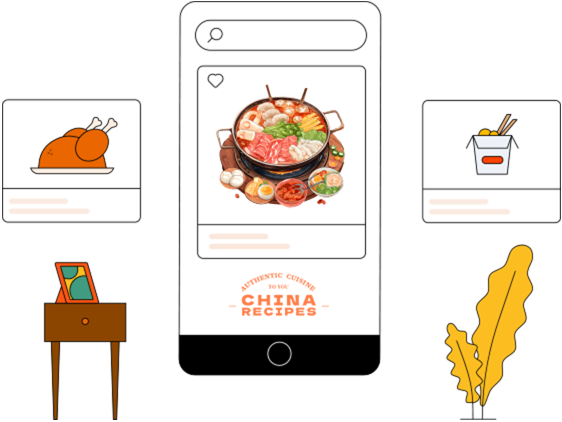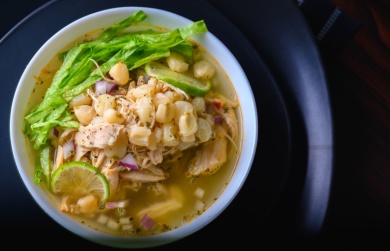Can you overcook rotisserie chicken? Here's What You Need to Know
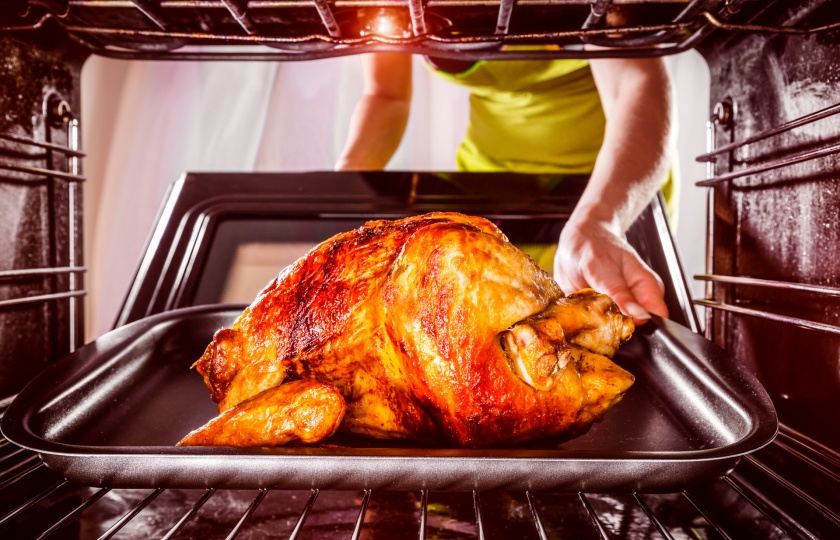
Roast chicken is delicious, but getting the cooking time just right is crucial. Only by properly controlling the time can you achieve that tender, juicy flavor. But can chicken be overcooked? Let's explore this!
Experts say: Yes, it’s possible, but not recommended.
When chicken is overcooked, its texture becomes very dry and tough. During the roasting process, moisture in the chicken evaporates over time and with increased heat. This is especially true for the breast meat, which is naturally lean and contains less moisture. If overcooked, it can become very dry and hard to chew, losing that juicy, tender texture.
In terms of flavor, overcooking will cause the chicken to lose its natural delicious taste. A properly roasted chicken has golden, crispy skin and an irresistible aroma, but overcooked chicken will have a burnt taste, masking the chicken’s natural flavor. It will only taste bitter, without the rich, layered aromas.
From a nutritional perspective, excessive cooking can destroy some of the chicken’s nutrients. Proteins might denature too much, and certain vitamins and minerals can be destroyed by prolonged high heat, making the roast chicken less nutritious.
To avoid this, it's crucial to master the right temperature and time. Generally, you should roast the chicken at about 180°C (350°F) for 40-60 minutes, depending on the size of the chicken.
The most important tip: Use a food thermometer to check the internal temperature of the chicken. When it reaches 75°C (165°F), the chicken is fully cooked. This ensures a crispy skin and juicy, tender meat inside.
Is it okay if my rotisserie chicken is a little pink?
Whether pink roast chicken is safe to eat depends on the situation:
Reasons
Myoglobin’s Role: Myoglobin in chicken changes at high temperatures. Even if the chicken is fully cooked, myoglobin might cause it to appear pink due to heat stability.
Young Chicken Characteristics: Young chickens contain more myoglobin and have rich red bone marrow, making it more likely for the meat to appear pink after roasting.
Under-cooked: Raw chicken has a pink color. If the roasted chicken is still pink, it might be undercooked.
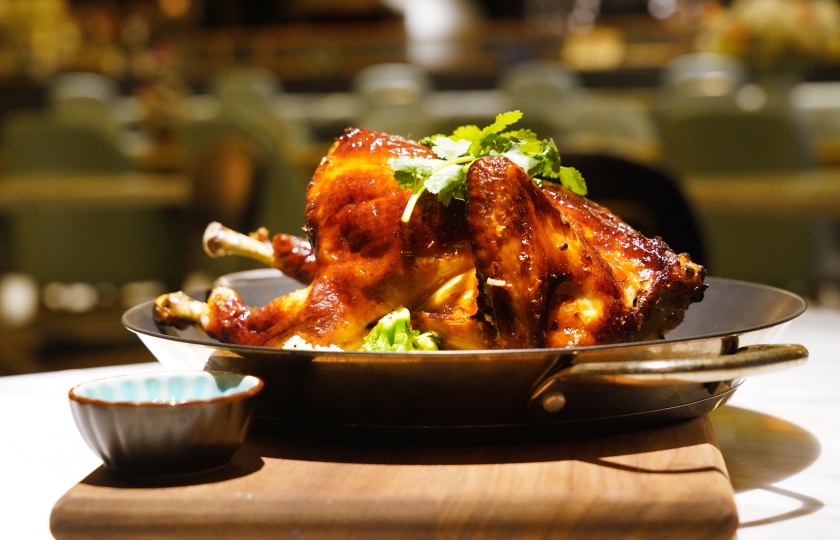
Can it be eaten?
If the pinkness is caused by myoglobin or young chicken, it’s fine to eat. However, if it’s due to undercooking, it’s unsafe to eat as it could cause digestive issues.
How to tell if roast chicken is fully cooked:
Temperature Check: Use a food thermometer to measure the internal temperature of the thickest part of the chicken. When it reaches 74°C (165°F), the chicken is fully cooked and safe to eat.
Juice Check: Poke the thickest part of the chicken with a knife or fork. If the juices run clear with no traces of blood, the chicken is cooked through.
How do you know when a rotisserie chicken is done?
Here are several ways to check if your roast chicken is done:
Temperature Measurement
This is the most accurate method. Insert a meat thermometer into the deepest part of the chicken breast or thigh. When the temperature reaches 75°C (165°F) or higher, the chicken is fully cooked.
Appearance
A properly roasted chicken will have a golden brown or caramelized skin, with a uniform color and no burnt or pale spots. The skin will look shiny, like a layer of caramel coating it, making it look extra appetizing.
The skin will also be crispy. When gently pressed, it should feel firm, not soft. There may be small bubbles or slight puffing in the skin, indicating the internal moisture has evaporated and the subcutaneous fat has melted, signaling proper cooking.
Check the Meat
Cut a small piece from the thickest part of the leg or breast. If the meat is completely white, with no pink or red, the chicken is fully cooked. Any redness means it’s not done yet.
Use a fork or chopsticks to poke the meat. If it easily goes through and no blood or pink juices appear, and the meat feels tender (not tough), then the chicken is done. You can also twist the leg or wing; if it turns easily and the joint feels loose, the chicken is probably done.
Juice Check
When the chicken is cut or pierced, the juice should be clear, not pink or cloudy. Clear juices indicate the chicken is cooked.
Sound Check
Towards the end of roasting, lean in close to the chicken and listen. If you hear a faint sizzling sound, it means the moisture inside is still evaporating and the chicken may need a bit more time. If the sound weakens or stops, that’s a sign the chicken is almost done.
Is too much rotisserie chicken bad?
Roast chicken is delicious and can provide protein, fat, vitamins, and minerals, which are beneficial for health.
However, because roast chicken is relatively high in fat, eating too much can overload your digestive system and negatively affect your health in the following ways:
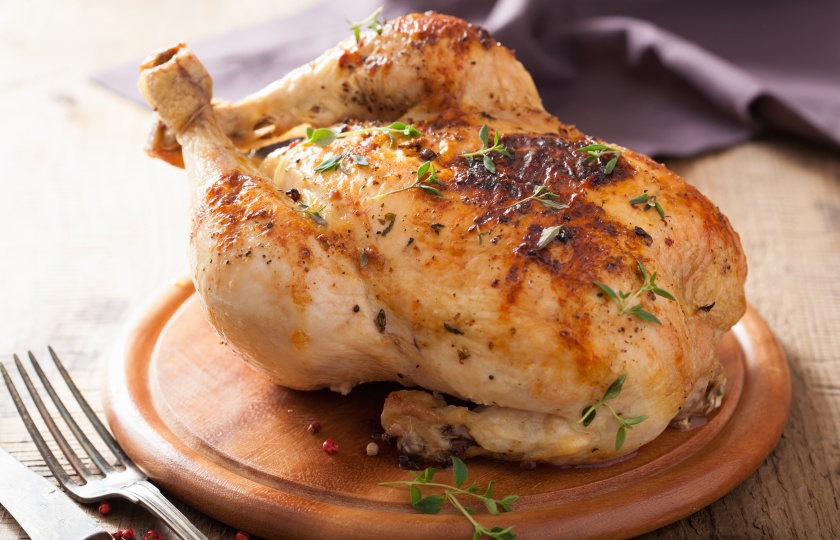
Weight Gain: Roast chicken is high in fats and seasonings, leading to relatively high calories. Consuming it regularly in large quantities can lead to fat accumulation and weight gain.
Excessive Additives: To enhance flavor, various additives are often added to roast chicken, which can affect health and interfere with metabolism and the immune system.
High Sodium Content: Roast chicken is often marinated with a lot of salt before cooking. Eating too much roast chicken can result in excessive sodium intake, which may increase blood pressure and harm health.
Cancer Risk: During roasting, fats from the chicken drip onto the charcoal or heating element, producing polycyclic aromatic hydrocarbons. Prolonged roasting can also create harmful substances like acrylamide, which pose a cancer risk.
Gastrointestinal Discomfort: Roast chicken can be tough and high in fat and protein, which may be difficult for the body to digest. Overeating roast chicken can irritate the stomach and cause bloating or discomfort.
How to tell if rotisserie chicken is bad?
Here are a few ways to check if your roast chicken has gone bad:
Smell: Fresh roast chicken has a rich chicken aroma. If it smells sour or rotten, it’s likely spoiled due to bacterial growth.
Appearance: Fresh roast chicken has a golden-brown skin. If the chicken turns gray or black, it indicates bacterial or mold growth. Any mold or discoloration means it has gone bad.
Texture: The texture of fresh roast chicken is firm and elastic. If the meat becomes slimy or overly dry, it might be spoiled due to improper storage. Spoiled chicken tends to be slimy or mushy.
Taste: If the chicken looks fine but tastes off or has an unusual texture, it’s best not to eat it.
Storage Time: Roast chicken should not be left at room temperature for more than 2 hours. If stored in the fridge, it should be eaten within 3-4 days. If it exceeds this time, even if it looks fine, it could still pose a food safety risk.
How to reheat rotisserie chicken without drying it out?
There are several ways to reheat roast chicken without drying it out, such as using the oven, microwave, skillet, or air fryer. Here’s a recommended method using the oven:
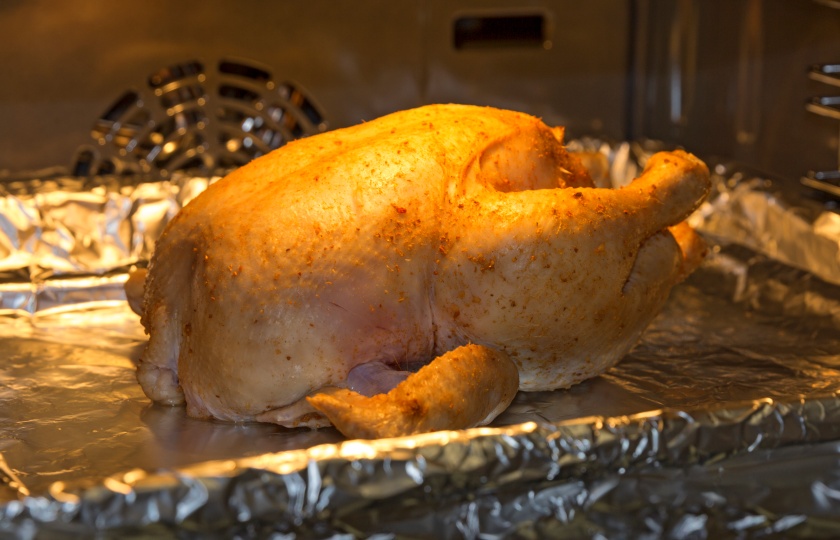
Preheat the oven to 177°C (350°F).
Place the chicken in an oven-safe dish, adding a little water or broth to prevent it from drying out.
Cover the dish with aluminum foil and bake for 25 minutes.
In the last 5 minutes, remove the foil to crisp the skin, which enhances the flavor.
Advantages: This method retains moisture, keeping the skin crispy and the meat juicy.
Can you leave cooked chicken on the bone in the fridge?
Yes, you can store cooked bone-in chicken in the fridge.
Refrigeration:
If you plan to eat the chicken within 2-3 days, store it in an airtight container or wrap it with plastic wrap and place it in the fridge at 0°C-4°C (32°F-39°F). This keeps it fresh and ready to eat.
Freezing:
For long-term storage, cut the chicken into smaller pieces, place it in an airtight bag or container, and remove as much air as possible to prevent the pieces from sticking together. Store in the freezer at -18°C (0°F) or lower. Frozen chicken can be stored for several months, but keep in mind that the texture may slightly change after thawing.





